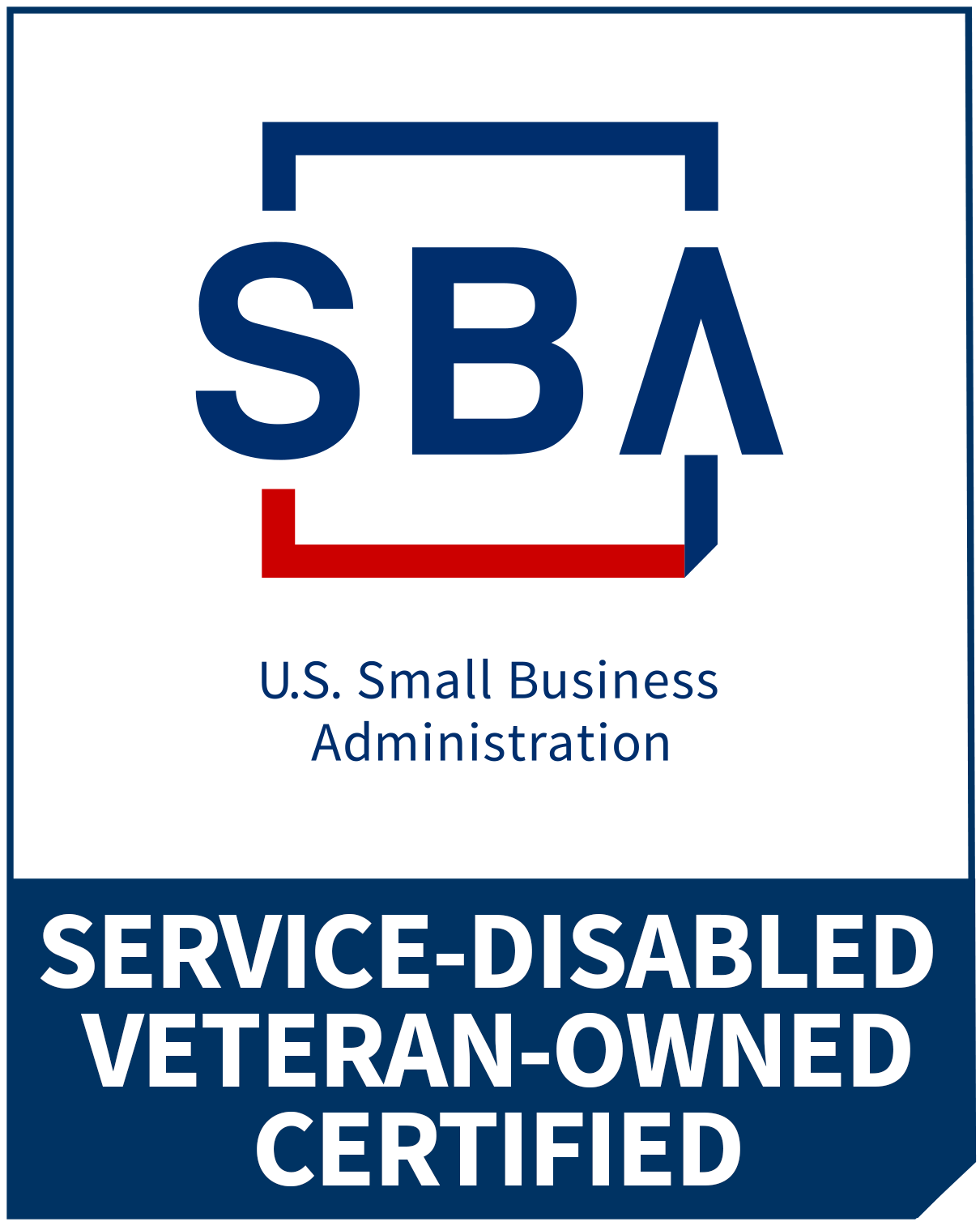I wouldn’t be a self-serving, self-promoting consultant if I didn’t have a few frameworks to show you, so at the risk of shaming myself and losing my membership card, here’s another one. Over the course of five articles, I’ll get into each of them, but here I’ll lay out what I term the Principles of Good CX.
We’ll start with Getting It Right, or GIR. This series and this framework are pretty much concentrated on Customer support (although they also apply generally to CX overall as well). Most times when someone interacts with your CS organization it’s because something’s gone wrong. That may be a catastrophic incident like a failure of your product or service, or it may simply be that your product or service isn’t intuitive and your Customer simply needs a little guidance through your systems. Either way, though, we’re here to serve our Customers in what we provide. If they need us (i.e., with Customer Support) for any reason, we’ve failed, at least a little bit, in doing it right.
The second Principle is Communication. When things go wrong (i.e., we get Principle One wrong), or even if we as providers anticipate a problem down the road, the best thing we can do is let our Customers know what’s up. As I mention in that article, the worst place for your Customers to ever be is in the dark. I’ll emphasize in that article how important Communication is, and how that can be the difference between recovery and a fast slide into the Detractor zone.
Thirdly comes the Principle of Taking on the Stress on behalf of your Customers. Look, we work in our own systems all day long. Sometimes (because, well, it’s our job) we even put up with inconveniences and inefficiencies that it’d take a lot of work to fix. We have day-to-day concerns (especially when it comes to direct interactions with our Customers) that take priority, and justifiably so. As much as I champion Process Engineering and doing things smarter and better, I realize that we have to prioritize the work of serving our Customers in the here-and-now first. That said, we’ve been invited into the lives of our Customers, which is an honor. They didn’t sign up for our internal stresses and the complexities that we deal with every day when they chose us over our competitors. Respect that and don’t shove your own inefficiencies and complications off onto your Customers. That’s what we’re here for.
The fourth Principle is No Near Misses. Now, this is aspirational, like Principle One: We may never get there, but it should be our goal anyway. Sometimes we can’t, based on physics, meet our Customers every desire. They understand that. And if we have to settle for nearly what they’re hoping for, we have to keep in mind Principle Two: Communication. But if we promise something, we have to come through, clear and simple. Whether it’s a time-window for service or a life-expectancy for our products, if we fail, we’ve failed our Customers. And if it’s almost good enough, sometimes that’s even worse. The bottom line here is: If you say you’ll do something, do it…If you can’t, communicate about it (and get acknowledgment from the Customer!), but still try to make it. Never settle for almost delivering.
The final Principle is Every Customer Elite. This isn’t just CX bromide about Wowing all your Customers. It’s not about knocking it out of the park every time. It’s about, especially in the Customer support arena, recognizing that, when we drop the ball or in some way or another fail our Customers, they deserve our full attention. Whatever your approach to CX and how you deliver on your brand promise, priority must be given to those who contact you looking for help. As I mentioned above, that’s nearly always the result of having let them down, even if in a minor way. As such, those Customers seeking your help need to be treated as if they were Elite. In many ways they are!
Together, these Five Principles can help us as we develop and design our Customers’ experiences with our brand. There’s a lot in each of them, so I invite you to stay tuned over the next few days as I roll out this series of articles.
Here are links to each piece:




